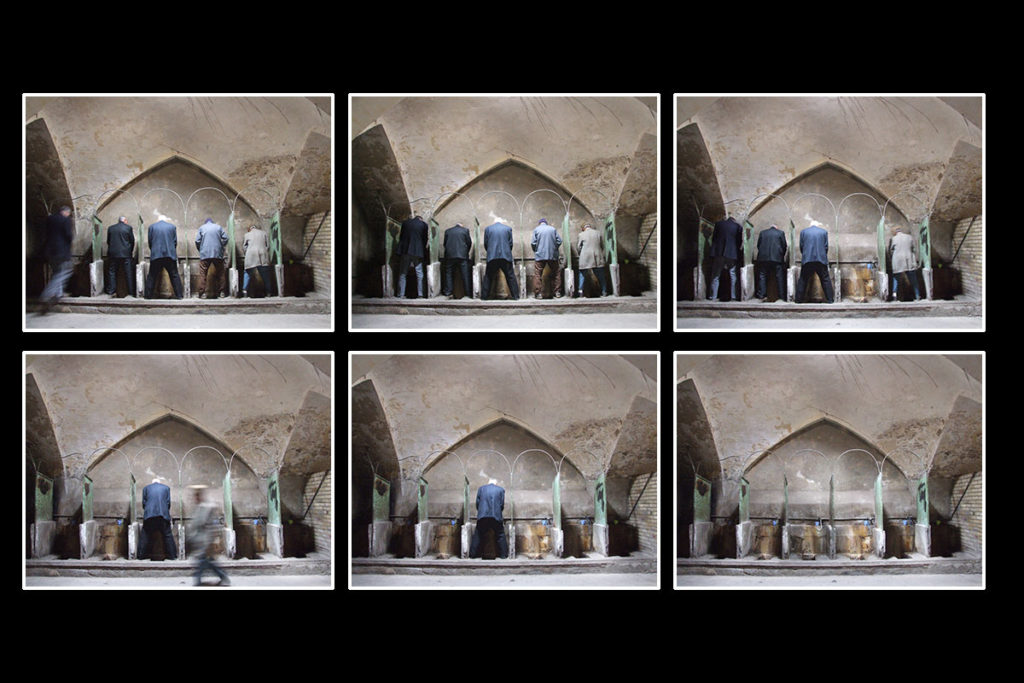WC Photo series-Tabriz Grand Bazaar Digital photography
WC Photo series-Tabriz Grand Bazaar is a photography project that I did in the year 2008. Tabriz has been a place of cultural exchange since antiquity. Its historic bazaar complex is one of the most important commercial centers on the Silk Road.
A bazaar has existed on the same site since the early periods of Iranian urbanism following Islam. The bazaar was mentioned by the Venetian traveler Marco Polo. He claimed to have passed through it while journeying on the Silk Road.







About Tabriz Grand Bazaar
Located in the center of the city of Tabriz, Iran, the structure consists of many rows. Many are devoted to hand woven rugs, handicrafts, jewelries, hand snitched shoes, daily merchandise, and groceries.
Some of the major rows are Amir Bazaar (for gold and jewelry), Mozzafarieh (hand woven rugs, sorted by knot size and type), Bashmakhchi Bazaar (for shoes), Kiz Basdi Bazaar, Rahli Bazaar (for produce), and many other rows for various goods.
Tabriz
The city (Tabriz) and this bazaar were at their most prosperous in the 16th century. This was when the town became the capital city of the Safavid kingdom.
The city lost its status as a capital in the 17th century, but its bazaar has remained important as a commercial and economic hub. This importance is in the region and in the Silk Road. Although numerous modern shops and malls have been established in recent years, Tabriz Bazaar has kept its vital role as an economic hub of the city and northwestern Iran.
The Tabriz Bazaar has also been a place of political significance. One can point out its importance in the Iranian Constitutional Revolution in the last century and Islamic Revolution in the contemporary time.
The bazaar was inscribed as a World Heritage Site by UNESCO in July 2010.


0 Thoughts on WC Photo series-Tabriz Grand Bazaar